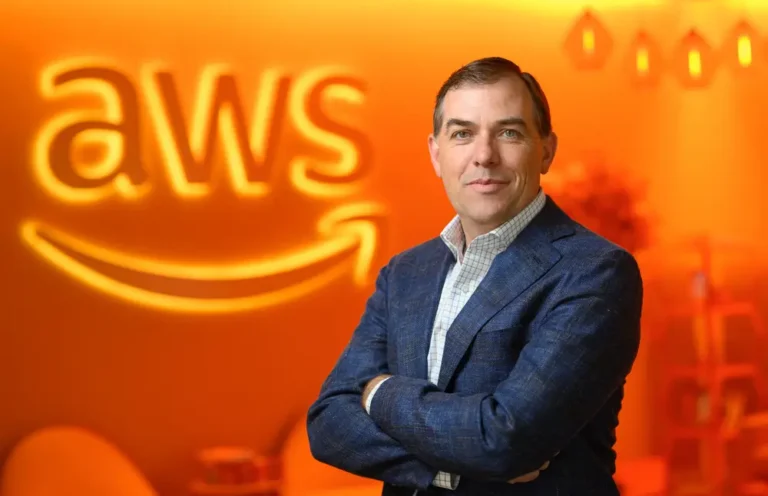I’m the CEO of an American-made electronics manufacturer. Here’s how I’m preparing for new tariffs.

Karla Trotman, the president and CEO of Electro Soft, a US specialty electronics manufacturer in Pennsylvania.
We have been a global economy for a long time, and we don’t have a culture of manufacturing anymore. Everyone told their kids to go to college instead.
Now we’re in a position where political leaders want to increase manufacturing, but we first have to create a workforce. You can’t just put an ad out and people will come running — we have to train people in manufacturing.
The concept of using tariffs to favor US manufacturing makes sense, but it takes some time to ramp up an industry that many people thought was dead.
My parents started Electro Soft Inc., 38 years ago. I left corporate 15 years ago as I wanted to run a family business. My dad and I worked together, and in 2020, I bought them out, so now I’m the owner, president, and CEO.
Electro Soft is a contract manufacturer, and we primarily focus on what I call the brain and central nervous system of devices — things like printed circuit board assemblies, cable assembly, wiring harnesses, and more.
Our niche is high-mix, lower-volume electronics. We’re not doing large-volume cell phones like Foxconn in Asia.
We usually get our supplies through stocking distributors who stock it stateside. Our supply chain extends across the world, but we have a closer, more local reach to get many parts. A lot of components do come from Asia.
Most people think almost all electronics are made in Asia, but when there are “Buy American” restrictions, or when people want to have control over their intellectual property, we make them in the US because it’s harder to enforce trademarks overseas.
There are times when clients want a little higher volume, and they’re willing to allow some parts to come direct from Asia, and that’s when we work with suppliers in Taiwan or China.
We’re still feeling the reverberation from the last round of tariffs, so they never really went away in our industry. Some of our suppliers brought in additional stock, especially with supply chain uncertainties, so they’re still depleting that.
One concern we have now is how strong the tariffs are going to be this time. Is there some type of financial impact that will be felt because the Trump administration wants to be tougher on tariffs?
Tariff proponents seem to think that enforcing them will cause stateside manufacturing to somehow jump up and be prosperous, but it doesn’t really work that way.
If you have an industrial product that you’re having manufactured overseas, it’s going to be really expensive to have it built here.
All of your molds, all of your tooling, are overseas — so now those have to be made here or shipped over. Some fixtures might not even work with US machines. And you have to have machine operators, who you have to train.
If every company in the US wanted to do this, it would be a huge undertaking — it’s not a switch that you can just turn on.
I’m actually out trying to champion manufacturing as a career in middle schools and high schools, convincing parents and high school guidance counselors that young people can have careers in advanced manufacturing. I even wrote a book about it, and am the co-chair of the Southeastern Pennsylvania Manufacturing Alliance.
I’m going upstream to figure out where these employees are going to come from if we do have this influx of manufacturing.
As we prepare for new tariffs, we’re always in communication with our customers, because we are part of their supply chain.
We’re asking things like, “Are you going to hold stock? Are we going to change the design of the product? Do you want us to hold safety stock here? What is your game plan?”
We have to understand the direction that customers are going to go so that we can meet any future demand: Do we need to invest more in the company? Do we need to put more resources behind hiring?
We really need to understand where our partners are headed so we can flex to meet whatever demand is going to come down the pike.
We can’t simply just turn on a switch — it has to be an orchestrated plan.





